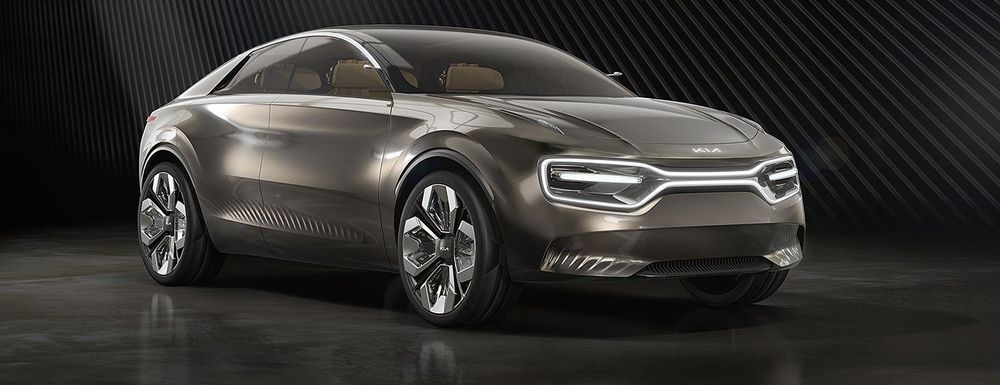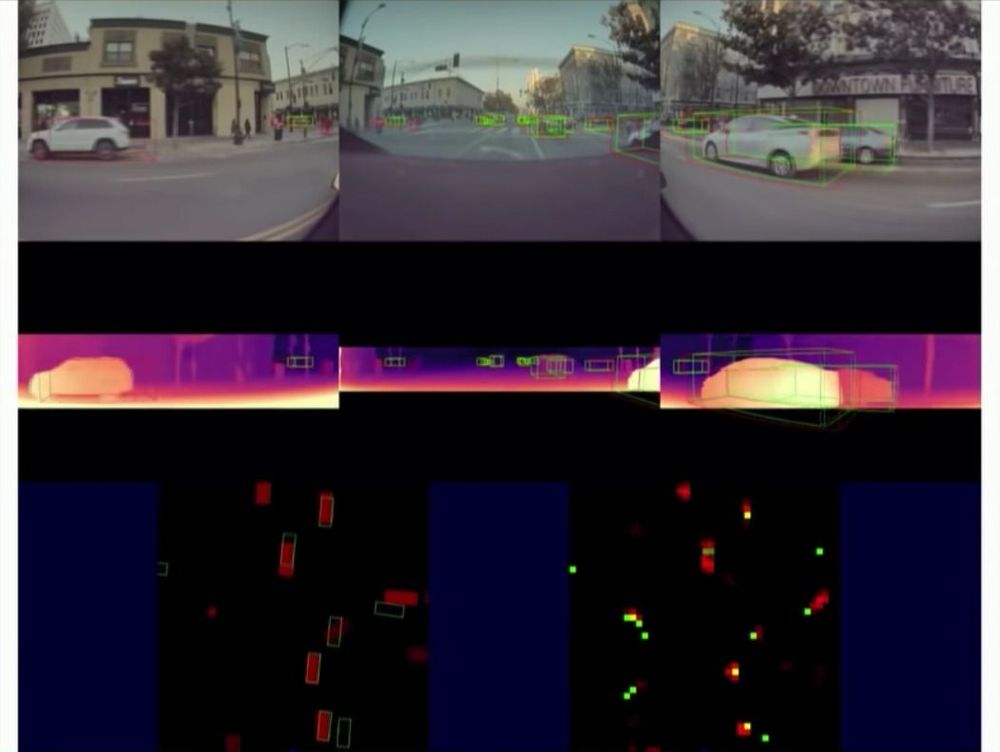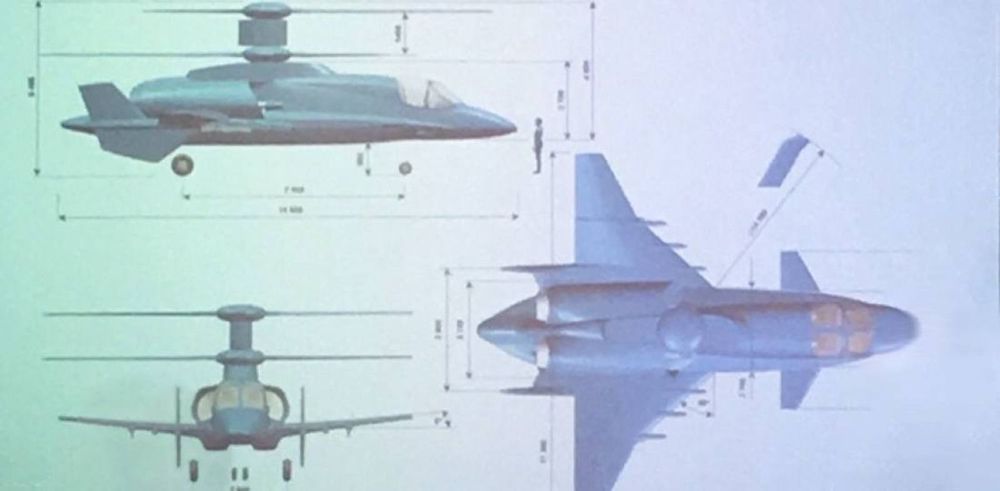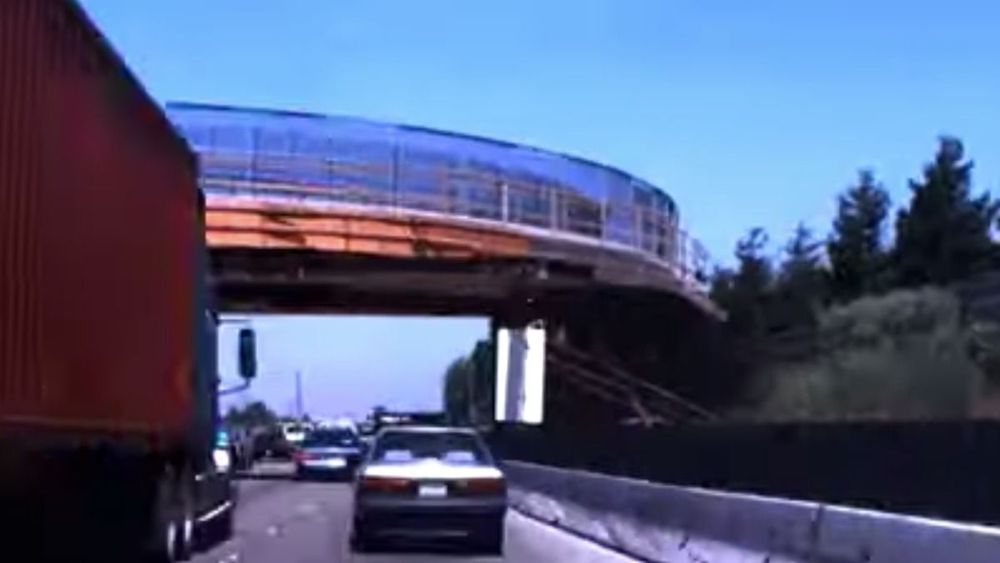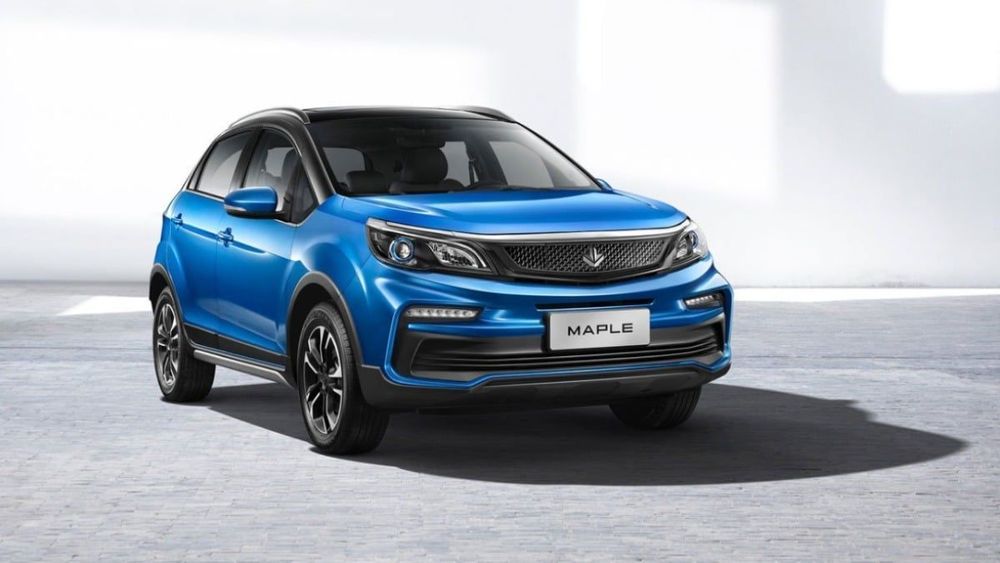KIA and corporate cousin Hyundai build some efficient EVs that challenge industry leaders like Tesla. Yes, Elon an his minions are miles ahead in self-driving tech, but the Hyundai Kona EV and KIA Niro EV are world class cars that come close to meeting Elon’s plea to other manufacturers to build compelling electric cars.
The problem is, KIA and Hyundai don’t have a dedicated battery electric platform. Both the Kona and Niro share their underpinnings with hybrid and plug-in hybrid models. A pure battery electric car may be coming soon from KIA, however. Recently, Hyundai said it is planning to bring two new all electric models — the 45 Concept and the Prophesy Concept — to market this year and next. Both will be built on the company’s new Electric Global Modular Platform known internally as E-GMP.
